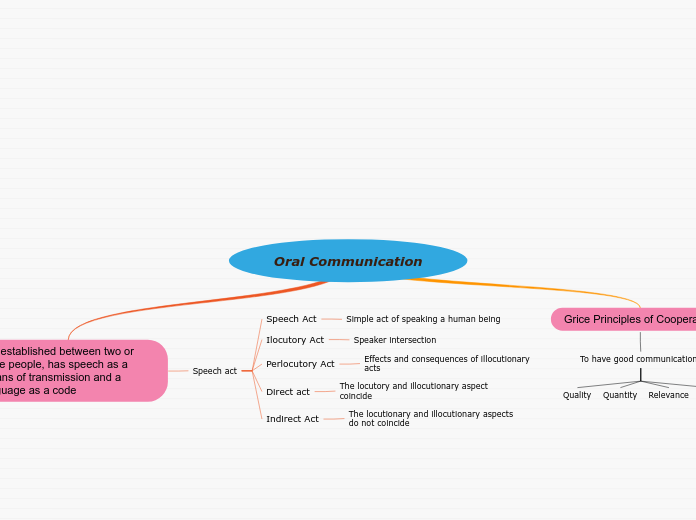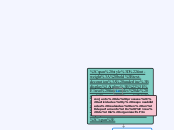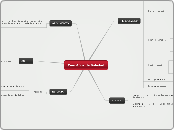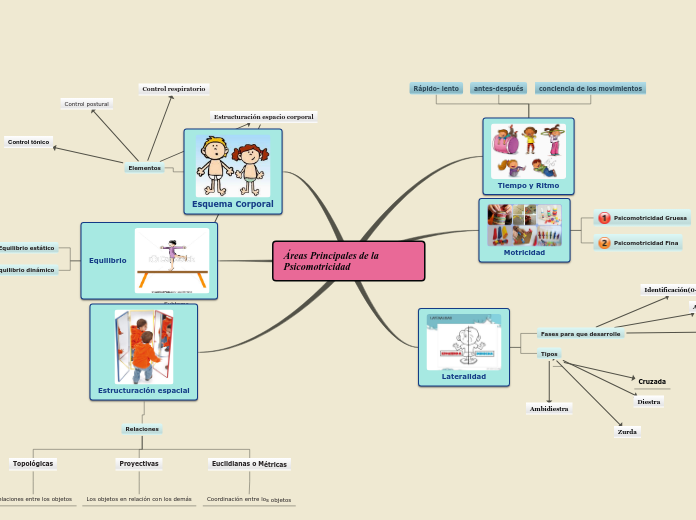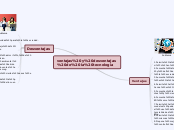Diferencia entre la Comunicación Oral y Escrita
Comunicación escrita El mensaje es captado por medio de la vista.
No hay retroalimentación del receptor del mensaje.
En general, el contenido del mensaje, se refiere a temas específicos.
Es duradero, se mantiene en un formato (libro, revista, etc.).
Puede se corregido las veces que sea necesario.
El lenguaje es formal.
Es creado independiente del contexto.
Presencia de recursos verbales: tipografía, títulos y subtítulos, signos de puntuación, organización de párrafos.
Utilización de vocabulario específico.
No es redundante, se entrega la información de una sola vez.
No hay repetición léxica muy evidente.
La información está bien estructurada y tiene un orden lógico.
Uso de oraciones más complejas y largas.
El orden de las oraciones es más rígido.
No hay omisiones. Las frases están
completas.
Reticencia a la utilización de modismos, interjecciones, muletillas
Neutralizar las marcas dialectales.
Entrega información referencial de parte del emisor.
Comunicación oral El mensaje es captado por medio del oído.
Existe interacción entre el emisor y el receptor.
Comúnmente, el contenido del mensaje, se refiere a temas generales.
Es momentáneo, dura sólo el instante en que es emitido.
Es espontáneo e inmediato y no puede ser borrado.
El lenguaje es informal.
Se crea a partir del contexto y la situación en que se desarrolla el acto comunicativo.
Presencia de recursos no verbales: intensidad de la voz, ritmo, tono.
Utilización de vocabulario impreciso.
Es redundante, es decir el mensaje puede ser reiterativo y superfluo.
Se repiten continuamente las palabras utilizadas (léxico).
La información no está bien estructurada y es poco rigurosa.
Uso de oraciones simples y cortas.
Varía el orden de los elementos de la oración.
Hay omisiones de palabras y frases
inacabadas.
Hay utilización de interjecciones, modismos, muletillas, etc.
Conlleva marcas dialectales (geográficas, sociales).
Entrega información emotiva de parte del emisor.
Dicción
La dicción es la forma de emplear las palabras para formar oraciones, ya sea de manera oral o escrita.
Written communication
Examples of written communication
Libros
E-mails
Cartas
Folletos o volantes
It is not subject to space or time and may never know of this communication. The interaction between the sender and the receiver is not immediate and may not even occur
Debe respetar reglas. El mensaje debe adaptarse a reglas gramaticales u ortográficas para que el contenido cobre sentido y sea efectivo.
Permanece en el tiempo. A diferencia del mensaje oral, el escrito logra perpetuarse. A las palabras no “se las lleva el viento”
No es simultánea. No se recibe el mensaje a medida que se va produciendo como sucede en una conversación en la que mientras que el emisor habla, el receptor escucha
Characteristics of written communication
Oral Communication
To name your story, you have to think about the overall message and what you want your audience to understand from the story. Also, make it relevant and easy to remember.
Grice Principles of Cooperation
To have good communication:
Way
Relevance
Quantity
Quality
It is established between two or more people, has speech as a means of transmission and a language as a code
The middle of the story is where you add layers of complications that will lead to the end. Reveal more about the character's journey. Did their personality go through changes? How did they overcome the challenges? And as you build up the story’s central conflict, make it more personal to that character. Also, from the middle act, you have to lead into the final act.
Speech act
Your character(s) need(s) motivation in order to solve the challenge(s).
Indirect Act
The locutionary and illocutionary aspects do not coincide
Direct act
Secondary characters also might have motivs beacuse of which they may cross path with main character or which might trigger them to help the main character.
The locutory and illocutionary aspect coincide
Perlocutory Act
Secondary characters might also have motives that lead them to cross paths with the main character or which might trigger them to help the main character.
Effects and consequences of illocutionary acts
Ilocutory Act
Each story has a main character and that character usually needs to solve a problem or challenge. The character's challenge is the one that creates tension throughout the story.
Speaker intersection
In most stories, there are 3 challenges. The number 3 is a mystical number symbolizing completeness. Try to come up with interesting challenges with which your character needs to struggle.
See a few examples below:
- turns into a werewolf at night
- is sent back in time
Speech Act
Why does your character need to confront this challenge? What does he/she expect to accomplish by solving it?
See a few examples:
- will marry in 3 days
- can fix the mistakes of the past
Simple act of speaking a human being
